How To Grow Jewel Orchid
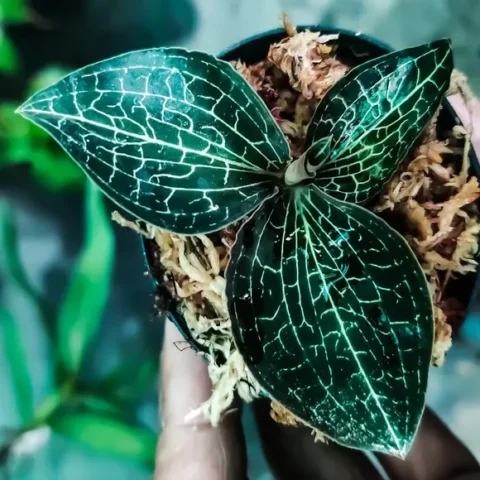
Introduction
Jewel orchids (Ludisia discolor) are an unusual type of orchid, grown for their foliage rather than their flowers. Unlike other orchids, they are terrestrial, growing on the ground in their native habitats. The leaves are dark brown to crimson, and very distinctive, with golden or red veins. This orchid can produce small white flowers when mature, held on long upright stems, but these are not as impressive as their eye-catching leaves. Jewel orchids usually flower in winter, when the temperature falls, but can bloom throughout the year. In this article, you will learn how to grow jewel orchid with our expert tips for cultivating lush, distinctive foliage.
In their native habitat in Southeast Asia, Ludisia discolor is accustomed to growing close to the ground, allowing it to tolerate partial shade. However, it is important to note that while the orchid can adapt to shaded conditions, it won’t thrive in areas with no natural light. To successfully learn how to grow jewel orchid-Ludisia discolor, consider replicating its natural environment by providing a balance of light exposure. Opting for a shallow, wide container is ideal for these orchids, as they propagate through creeping rhizomes that spread outward. This growth pattern means they do not require a deep pot for their roots. To grow a vibrant and healthy jewel orchid, strike a balance between light conditions and the choice of a suitable container for their unique root structure.
Types Of Jewel Orchid
There are several types of jewel orchids, each possessing unique characteristics. Some notable varieties include:
Ludisia Discolor
Known for its striking dark brown to crimson leaves adorned with golden or red veins. Growing Ludisia discolor, or Jewel Orchid requires attention to its specific needs.
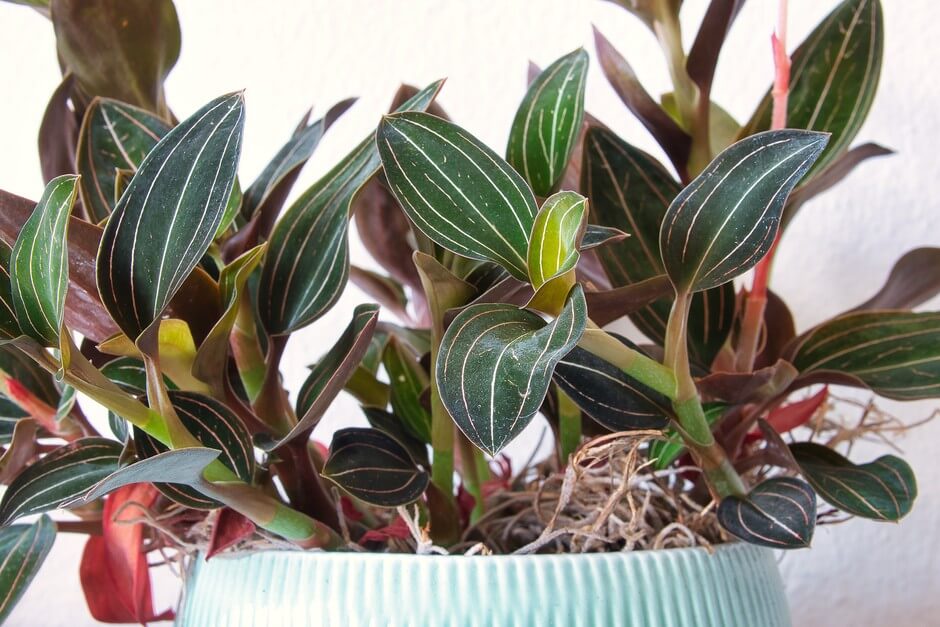
How To Grow Ludisia Discolor: A Comprehensive Guide
Light Requirements:
- Preference: Indirect light or dappled shade.
- Place your orchid in a location with bright, filtered light. Shield it from direct sunlight, especially during the intense midday period.
Temperature Management
- Preference: Warm temperatures.
- Maintain a warm environment for your orchid, ideally between 65-75°F (18-24°C) during the day and not allowing it to drop below 50°F (10°C) at night.
Optimal Humidity
- Preference: Moderate to high humidity.
- Ensure a humidity level of around 50% or higher. Consider placing a tray with water nearby or using a humidifier, especially in drier climates.
Well-Draining Orchid Mix
- Preference: Well-draining orchid mix.
- Utilize a well-aerated orchid mix that provides excellent drainage. Aim for a slightly acidic to neutral pH for the soil.
Watering Techniques
- Preference: Even moisture.
- Water when the top inch of soil feels dry. Avoid overwatering to prevent root rot. Adjust your watering frequency based on environmental conditions and the specific needs of your plant.
Fertilization Routine
- Preference: Balanced orchid fertilizer.
- Feed your orchid with a balanced orchid fertilizer diluted to half-strength every 2-4 weeks during the growing season (spring and summer).
Strategic Repotting
- Preference: Every 1-2 years.
- Repot your orchid to refresh the soil and provide more space for growth. Choose a shallow, wide container and use fresh orchid mix.
Pruning for Maintenance
- Preference: Regular pruning for shape.
- Maintain a compact and bushy shape by trimming back leggy stems. Perform pruning after the flowering period.
By adhering to these comprehensive guidelines on how to grow Jewel Orchid-Ludisia discolor, you can foster a thriving and visually stunning orchid in your care.
How To Propagate Ludisia Discolor
Propagating Ludisia Discolor, commonly known as jewel orchid, can be done through division or stem cuttings. Here’s a guide on how to propagate Ludisia Discolor:
Propagation by Division
For propagation by division, start by selecting a mature plant with multiple stems. Carefully remove the orchid from its pot, taking care not to damage the roots. Identify natural divisions or stems with their roots, and use clean, sharp scissors or pruning shears to separate them from the main plant. Plant each division in a small pot filled with well-draining orchid mix, ensuring stability in the soil. Water the newly potted divisions and place them in a shaded, warm location, maintaining proper humidity and soil moisture.
Propagation by Stem Cuttings
Alternatively, for propagation by stem cuttings, select a healthy Ludisia Discolor stem without signs of disease or damage. Use clean, sharp scissors or pruning shears to take a cutting with at least a few inches of stem. Remove the lower leaves from the cutting, leaving a clean stem, and insert the cut end into a small pot filled with well-draining orchid mix. Water the cutting, place it in a shaded, warm location, and maintain proper humidity and soil moisture. Over time, the cutting should develop roots and grow into a new Ludisia Discolor plant. Whether you choose division or stem cuttings, providing the right environmental conditions, including proper light, temperature, and humidity, will support successful Ludisia Discolor propagation.
Ludisia Discolor Flower
Ludisia Discolor is not particularly renowned for its flowers. While it does produce small, inconspicuous blooms, the primary attraction of this orchid species lies in its stunning foliage rather than its flowers. The flowers of Ludisia Discolor are typically small, often greenish or brownish, and may not be as showy as those of other orchid varieties.
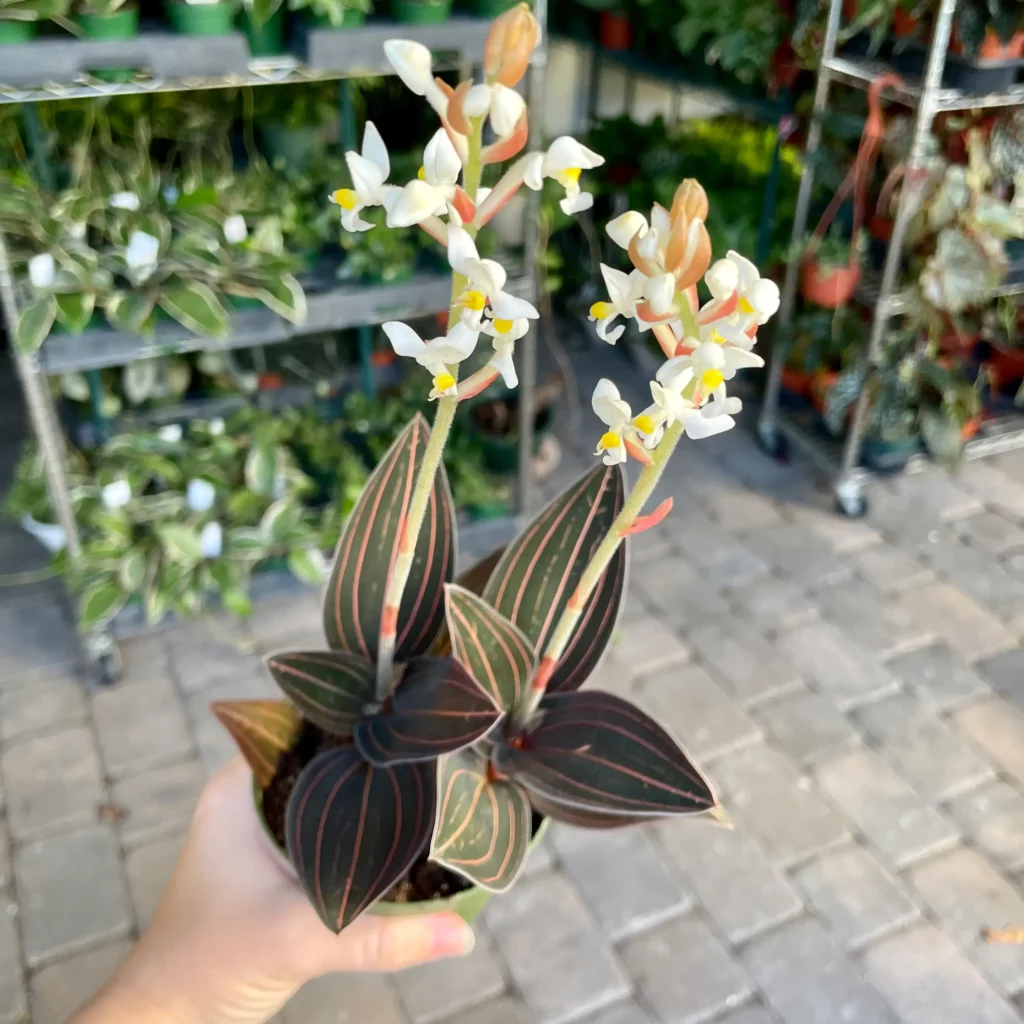
The real allure of Ludisia Discolor lies in the enchanting and ornamental quality of its leaves. The dark green leaves are adorned with intricate patterns that resemble shimmering veins, giving the plant its “jewel orchid” moniker. The velvety texture of the leaves adds to the overall aesthetic appeal. Ludisia Discolor is often cultivated as a houseplant for its beautiful foliage, and enthusiasts appreciate it more for the lush greenery it provides rather than the modest flowers it produces.
Macodes Petola
Macodes petola, commonly known as the Jewel Orchid or Diamond Necklace plant, is a highly sought-after orchid species celebrated for its captivating foliage rather than its blooms. Originating from Southeast Asia, particularly Malaysia and Indonesia, this orchid boasts dark green leaves intricately patterned with shimmering veins, creating a jewel-like aesthetic. What sets Macodes petola apart is its velvety texture, enhancing the overall visual allure of the plant. While it can produce small and inconspicuous flowers, the primary ornamental value lies in the lush and vibrant foliage. Cultivating Macodes petola proves rewarding for plant enthusiasts who appreciate distinctive and visually appealing specimens. By providing optimal conditions, including a well-draining substrate, moderate humidity, and indirect light, this Jewel Orchid can flourish, showcasing its mesmerizing leaves in indoor gardens or botanical collections.
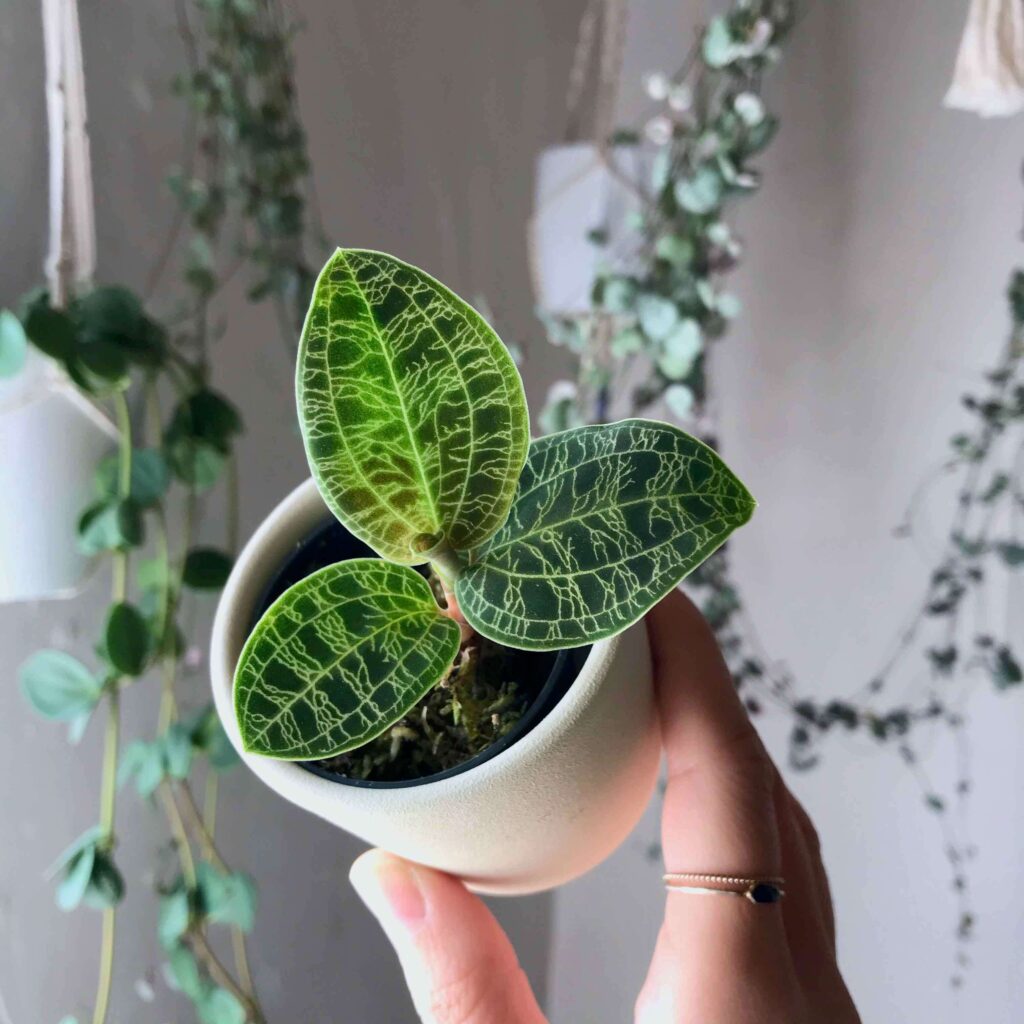
How To Grow Macodes Petola: A Comprehensive Guide
Growing Macodes petola, a unique and often considered rare and requires attention to specific conditions. Here’s a guide on how to grow this type of jewel orchid Macodes petola:
Light Requirements
- Preference: Indirect light or dappled shade.
- Place the orchid in a location with bright, filtered light. Shield it from direct sunlight, especially during the intense midday period.
Temperature Management
- Preference: Warm temperatures.
- Maintain a warm environment for your orchid, ideally between 65-75°F (18-24°C) during the day, and not allowing it to drop below 50°F (10°C) at night.
Humidity Control
- Preference: Moderate to high humidity.
- Ensure a humidity level of around 50% or higher. Consider placing a tray with water nearby or using a humidifier to create a suitable environment.
Well-Draining Orchid Mix
- Preference: Well-draining orchid mix.
- Utilize a well-aerated orchid mix that provides excellent drainage. Aim for a slightly acidic to neutral pH for the soil.
Watering Techniques
- Preference: Even moisture.
- Water when the top inch of soil feels dry. Avoid overwatering to prevent root rot. Adjust your watering frequency based on environmental conditions and the specific needs of your plant.
Fertilization Routine
- Preference: Balanced orchid fertilizer.
- Feed your orchid with a balanced orchid fertilizer diluted to half-strength every 2-4 weeks during the growing season (spring and summer).
Strategic Repotting
- Preference: Every 1-2 years.
- Repot your orchid to refresh the soil and provide more space for growth. Choose a shallow, wide container and use fresh orchid mix.
Pruning for Maintenance
- Preference: Regular pruning for shape.
- Maintain a compact and bushy shape by trimming back leggy stems. Perform pruning after the flowering period.
By adhering to these guidelines on how to grow Jewel Orchid-Mecodes petola, you can create an optimal environment for this unique and cherished jewel orchid.
How To Propagate Macodes Petola
Propagating Macodes petola, a unique jewel orchid, can be accomplished through the use of stem cuttings. Here’s a comprehensive guide on how to successfully propagate Macodes petola:
Propagation by Stem Cuttings
Select a Healthy Plant
Begin by choosing a mature and healthy Macodes petola plant as the source for the propagation process. A robust parent plant will contribute to the success of the cuttings.
Prepare the Cutting
Utilize clean, sharp scissors, or pruning shears to take a cutting from the chosen plant. It is crucial to ensure that the cutting has at least a few inches of stem for optimal growth.
Remove Lower Leaves
Trim away the lower leaves from the cutting, leaving a clean and bare stem. This helps redirect the plant’s energy towards root and shoot development.
Optional Use of Rooting Hormone
While not mandatory, you may choose to dip the cut end of the stem in rooting hormone. This step can encourage and expedite the development of roots on the cutting.
Plant the Cutting
Insert the cut end into a small pot filled with a well-draining orchid mix. Ensuring that the cutting is securely planted promotes stability during the early stages of growth.
Watering and Initial Care
Lightly water the cutting and place it in a shaded area with indirect light. Maintaining a warm and humid environment is essential to support the initial stages of root development.
Regular Monitoring
Keep a close eye on the soil moisture, ensuring it remains consistently moist but not waterlogged. Regularly monitor the cutting for signs of root development, a process that may take several weeks.
Transplanting to Larger Pot
Once the cutting has developed a strong root system and exhibits new growth, consider transplanting it into a larger pot with fresh orchid mix. This transition provides more space for the plant to thrive.
By diligently following these steps, you can successfully propagate Macodes petola through stem cuttings. Creating and maintaining the right conditions, including appropriate light, temperature, and humidity, significantly contribute to the overall success of the propagation process.
Macodes Petola Flower
The flowers of Macodes petola are typically modest in size and may not be as showy as those of some other orchid varieties. The plant’s ornamental value lies predominantly in the lush and velvety texture of its leaves. As a result, enthusiasts and collectors appreciate Macodes petola more for its foliage, which adds a touch of exotic elegance to indoor spaces, than for its flowers.
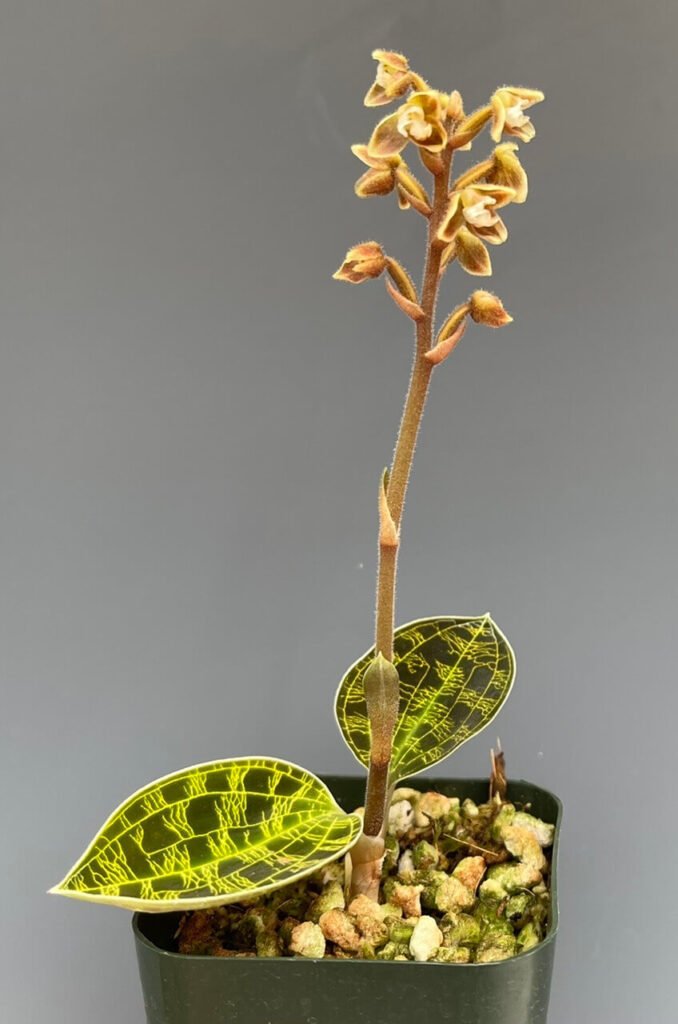
Anoectochilus Genus (Marbled Jewel Orchids)
Marbled jewel orchids, belonging to the genus Ludisia, are a captivating group of terrestrial orchids known for their distinctive marbled or variegated foliage. Ludisia discolor, commonly referred to as the marbled jewel orchid or velvet jewel orchid, is one of the most well-known species within this group. Native to Southeast Asia, Ludisia discolor is appreciated for its lush, dark green leaves that feature intricate patterns of silver or white veins, creating a marbled effect.
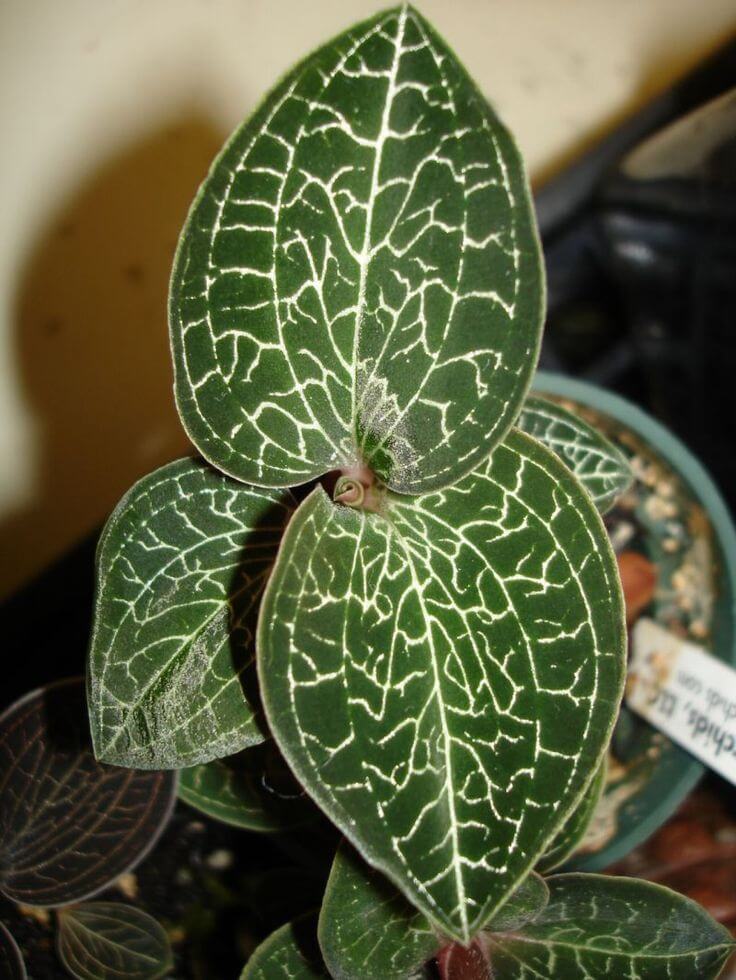
How To Grow Anoectochilus Genus: A Comprehensive Guide
Growing the Anoectochilus genus, known as marbled jewel orchids, requires specific care. Here’s a guide on how to grow this type of Jewel orchid-Anoectochilus orchids:
Light Requirements
- Preference: Indirect light or dappled shade.
- Place the orchids in a location with bright, filtered light. Avoid direct sunlight, especially during the hottest part of the day.
Temperature Management
- Preference: Warm temperatures.
- Maintain a warm environment for your orchids, ideally between 65-75°F (18-24°C) during the day and not allowing it to drop below 50°F (10°C) at night.
Humidity Control
- Preference: Moderate to high humidity.
- Ensure a humidity level of around 50% or higher. Consider placing a tray with water nearby or using a humidifier to create an optimal growing environment.
Well-Draining Orchid Mix
- Preference: Well-draining orchid mix.
- Use a well-aerated orchid mix that provides excellent drainage. Aim for slightly acidic to neutral soil for these orchids.
Watering Techniques
- Preference: Even moisture.
- Water when the top inch of soil feels dry. Avoid overwatering to prevent root rot. Adjust your watering frequency based on environmental conditions and the specific needs of your plants.
Fertilization Routine
- Preference: Balanced orchid fertilizer.
- Feed your orchids with a balanced orchid fertilizer diluted to half-strength every 2-4 weeks during the growing season (spring and summer).
Strategic Repotting
- Preference: Every 1-2 years.
- Repot your orchids to refresh the soil and provide more space for growth. Choose a shallow, wide container and use fresh orchid mix.
Pruning For Maintenance
- Preference: Regular pruning for shape.
- Maintain a compact and bushy shape by trimming back leggy stems. Perform pruning after the flowering period.
By following these guidelines on how to grow Anoectochilus genus orchids, you can create an optimal environment for these unique and visually appealing marbled jewel orchids.
How To Propagate Anoectochilus Genus
Propagating the Anoectochilus genus, commonly known as marbled jewel orchids, can be achieved through two primary methods: division or stem cuttings. Here’s a step-by-step guide on how to propagate Anoectochilus orchids:
Propagation by Division
- Select a Mature Plant: Begin by choosing a well-established Anoectochilus plant with multiple stems. Opt for a mature and healthy parent plant, as this contributes to the success of the propagation process.
- Prepare the Container: Fill a small pot with a well-draining orchid mix. This provides an optimal environment for the roots to develop and the new plant to establish itself.
- Carefully Remove the Plant: Gently remove the orchid from its pot, taking care not to damage the roots during the extraction process. Handle the plant with care to preserve its health.
- Separate the Stems: Identify natural divisions or stems with their own roots. Utilize clean, sharp scissors or pruning shears to carefully separate these stems from the main plant.
- Plant Each Division: Place each separated stem with roots into the prepared pot, ensuring stability in the soil. Proper planting is crucial for the successful establishment of new plants.
- Watering and Care: Water the newly potted divisions lightly and position them in a shaded, warm location. Maintain proper humidity and soil moisture to support initial growth during this crucial period.
Propagation by Stem Cuttings
- Select a Healthy Stem: Choose a healthy Anoectochilus stem free from signs of disease or damage. The health of the cutting significantly influences its successful development.
- Cutting Preparation: Use clean, sharp scissors or pruning shears to take a cutting, ensuring it has at least a few inches of stem. This provides an adequate portion for successful propagation.
- Remove Lower Leaves: Trim away the lower leaves from the cutting, leaving a clean stem. This encourages the plant to redirect its energy towards root and shoot development.
- Plant the Cutting: Insert the cut end into a small pot filled with well-draining orchid mix. Ensure the cutting is securely planted to promote stability during the rooting process.
- Watering and Care: Water the cutting lightly and position it in a shaded, warm location. Maintain proper humidity and soil moisture to create favorable conditions for successful rooting.
- Root Development: Over time, the cutting should develop roots, eventually growing into a new Anoectochilus plant. Regular monitoring and care are crucial during this period to ensure the cutting’s successful transition into a thriving orchid.
Ensure that the environmental conditions, including light, temperature, and humidity, are suitable for the successful propagation of Anoectochilus orchids. Understanding the unique characteristics of each type is crucial for successful cultivation. Follow these guidelines on how to grow jewel orchid to ensure vibrant foliage and overall health for these captivating plants.
Anoectochilus Genus Flower
The flowers of Anoectochilus orchids are typically small and delicate, displaying unique patterns and colors that contribute to their allure. These blooms often feature marbled or veined patterns on the petals, with shades of green, burgundy, or brown creating a captivating mosaic.
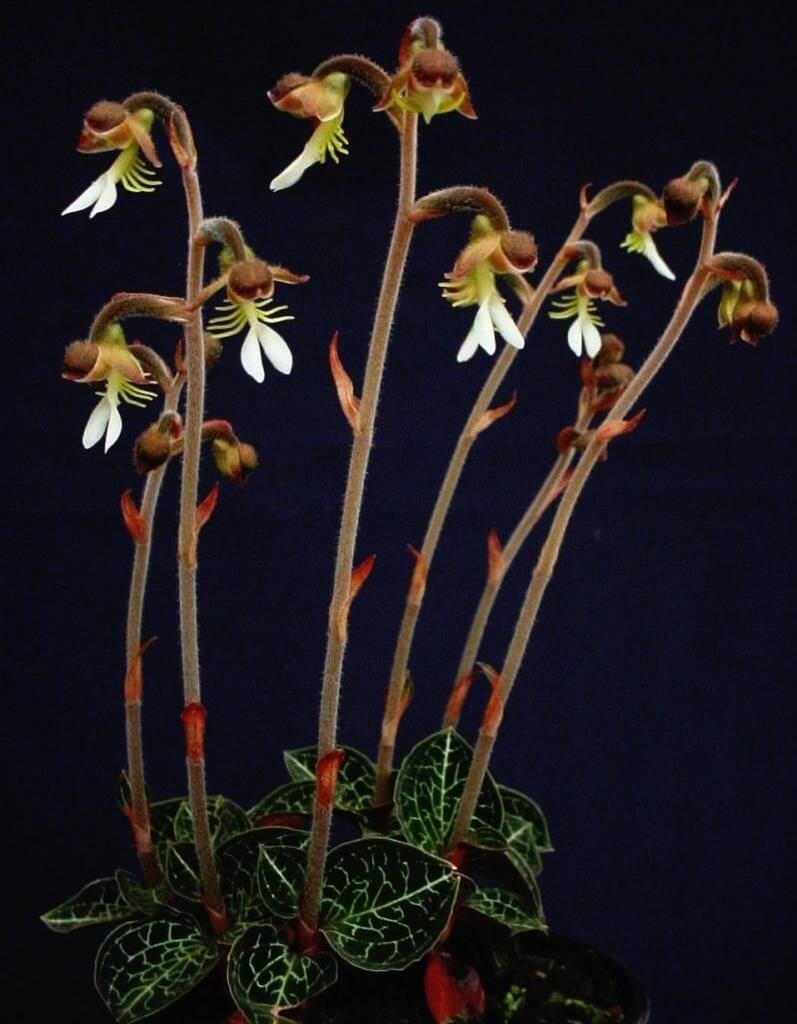
Boost jewel orchid’s shine by placing it near a fluorescent light for a few hours weekly; it enhances leaf color without risking sun damage.
Mainteinance Tip
The Journey and Joy of Jewel Orchids
In conclusion, the enchanting world of jewel orchids, represented by Ludisia, Macodes, and Anoectochilus, invites enthusiasts on a captivating journey. These orchids, renowned for their marbled foliage and intricate flowers, add an elegant touch to indoor spaces. For those intrigued by jewel orchids, understanding how to grow jewel orchid is key. Whether it’s Ludisia discolor’s velvety leaves, Macodes petola’s vibrant patterns, or Anoectochilus species’ marbled foliage, cultivating these gems involves balancing light, humidity, and temperature. Mastering specific care techniques, including propagation, empowers enthusiasts to expand their collection and share the allure of jewel orchids. This journey not only unveils their extraordinary beauty but also brings the joy of successfully nurturing these unique plants.
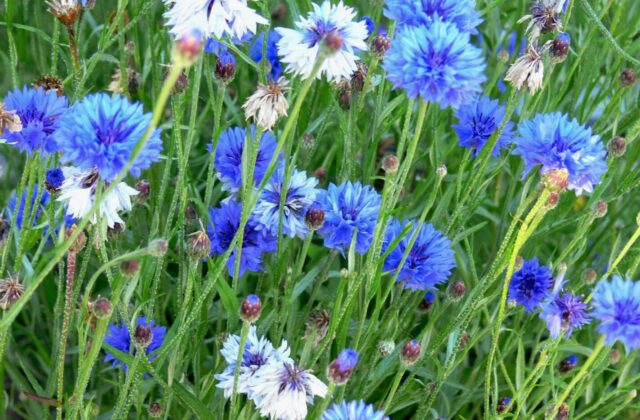
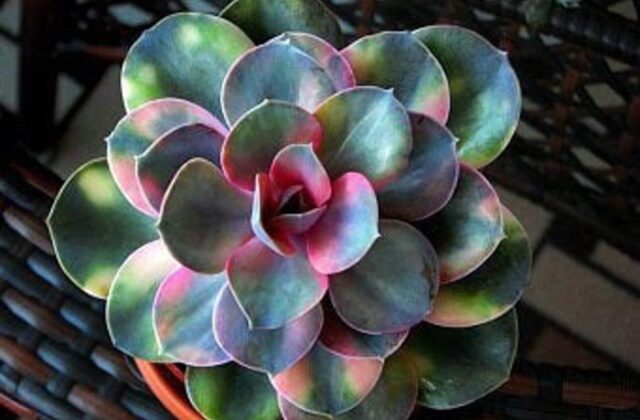
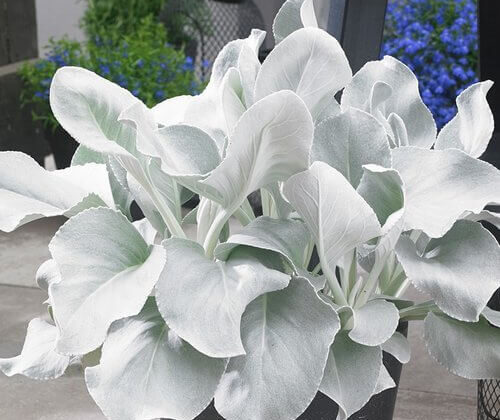
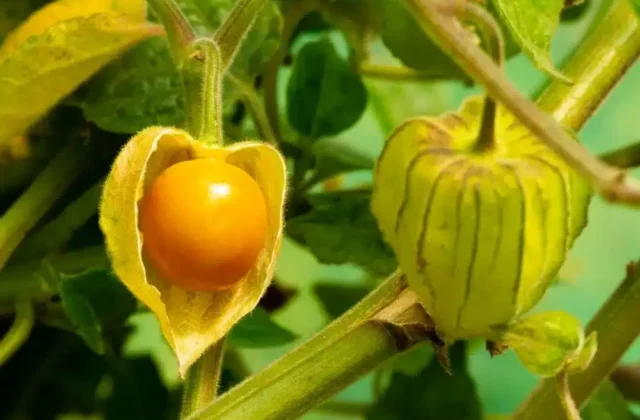
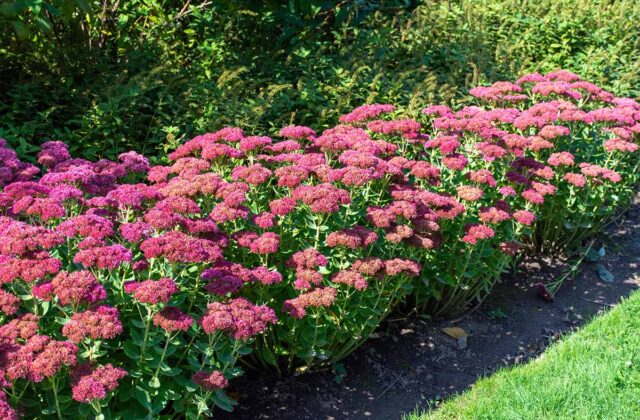
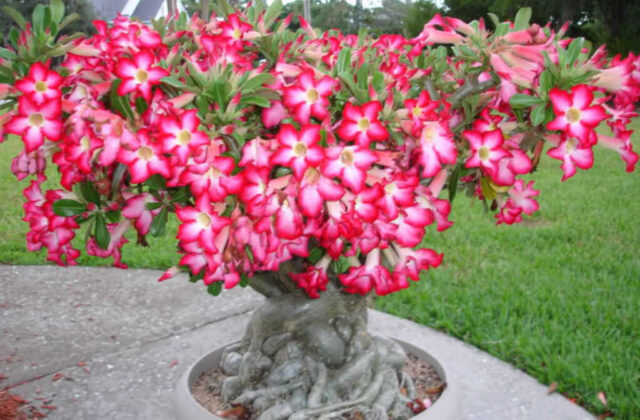
26 comments
I don’t think the title of your article matches the content lol. Just kidding, mainly because I had some doubts after reading the article.
Thanks for sharing. I read many of your blog posts, cool, your blog is very good.
We would like to thank you for all your help in this moment.
What youre saying is completely true I like your writing style
memur atamaları hakkında detaylı bilgi, en güncel ve son dakika memur atamaları haberleri için hemen websitemizi ziyaret edin.
I am sure you have considered my thoughts since your gift is exactly the thing I’ve been looking for.
Thank you for being a constant source of inspiration as well as information.
“Thank you” does not feel enough, but it’s my feelings. I am truly grateful for the job you’ve accomplished.
You ought to be acknowledged for the kindness you’ve shown me.
If you could see my face today, you’d see the expression of appreciation.
You’re the most excellent.
I am thankful for your thoughtfulness and actions. It’s not every day that I am greeted with such generosity.
My heart and soul will always be thankful to you. I am grateful to you. awe-inspiring.
Your blog was a great enrichment of my knowledge. Thank you!
I’m thankful for the wisdom you offered in your article.
I hope I’ll be in a position to repay those who have done so much for me.
Above “thanks,” I hope that you feel my appreciation and appreciation for an extended period of time.
You are a remarkable person, and you are generous with your giving of gifts.
What can we do to say thank us enough for everything you’ve done? We’re forever grateful.
You’ve been extremely helpful.
If anyone is worthy to be acknowledged then it’s you.
I appreciate the stimulating content you provide regularly.
You are the shining star in my world.
Your point of view caught my eye and was very interesting. Thanks. I have a question for you.
It was a wonderful gesture from you. How will I be to repay you?
Thanks for your role as an illuminator of wisdom and knowledge.